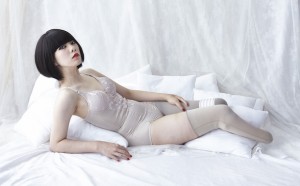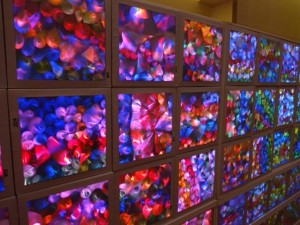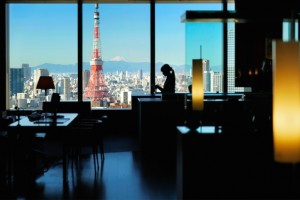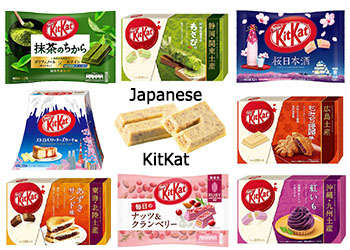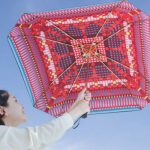To celebrate the 100 years since the Dada art movement launched in Europe, a series of commemorative events is happening around Tokyo this summer.
Dada, or Dadaism, was an anti-art movement started in 1916 by Tristan Tzara and his peers, spreading across Europe in an attempt to celebrate anarchic and new forms of art such as collage and montage, nonsense, readymades and more.
Though Dada was a European movement, its influence on Japan has been relatively significant, perhaps most obviously in the eponymous alien adversary in the Ultraman franchise. The first major avant-garde art movement in Japan, MAVO, also developed in the 1920s partly out of Dada and Futurism.
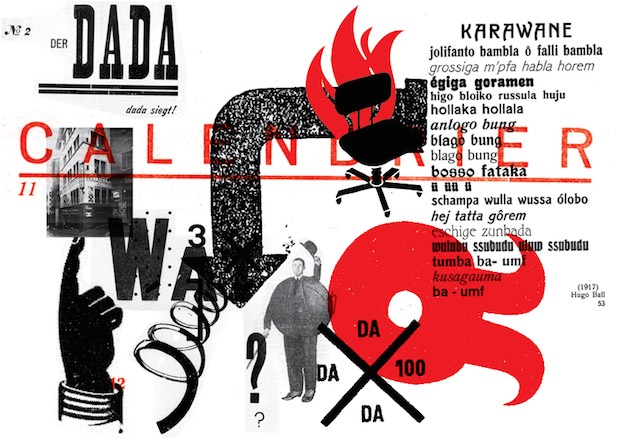
The events in the Dada 100 Festival involve a wide range of venues and institutions, including Spiral in Aoyama, Waseda University, and Goethe-Institut Tokyo.
It is natural that Tokyo, which from 1923 onward had its own highly inventive Dada movement, MAVO, will be on the map of world capitals celebrating the legacy and influence of Dadaism. Tokyo will mark this anniversary in the spirit of Dada: open to all creative minds and with the goal of encouraging their thoughts to change direction. The Dadaists were the first to incorporate chance into their artistic creations, which parallels how the Dada festival came together — through spontaneous connections and accidental encounters. Multiple art institutions have taken the gamble to propose unconventional events that will challenge the audience’s preconceptions.
The Roppongi music and art space SuperDeluxe is hosting the “centerpiece” of the festival: a series of Cabaret Voltaire events this week, named after the Zurich nightclub where Dada was founded. “Art enthusiasts will have the opportunity to feel the atmosphere of the birthplace of Dadaism in a uniquely transformed space with groundbreaking performances of dance, music and poetry.”
Other highlights include at Spiral (Wacoal Art Center), where there is a series of exhibits from August 4th to August 28th inspired by the anarchic energy of the avant-garde spirit of the original movement.
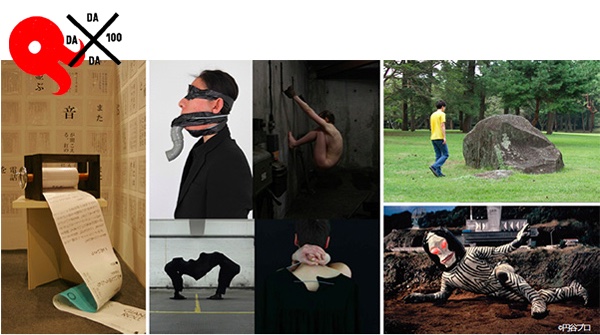
At the offbeat art space The Container, an exhibition by the Swiss artist Nadja Solari runs from July 18th to October 3rd that references Dadaist Sound Poetry.
Nadja Solari’s exhibition … is a spatial mixed-media installation, constructing a connection between the contemporary digital-age bot-generated spam emails and Sound Poetry. Inspired by the subject lines of such emails, which are often a comical neologism that tries to outsmart the spam filtering programmes to avoid interception, is akin to Sound Poetry, and used as the backbone of this exhibition. During this process these subject lines and emails defunct semantic meaning and create a new language, random and chaotic, reminiscent of the Dadaists’ writings — the generated poetry of our current digital and virtual realities. The result is similar to early 20th century poetry that many Dadaists generated through manual techniques, such as Automatism and chance, currently, replaced by digitally automated systems.
The exhibition at The Container is a loose conglomerate of everyday objects, each with a different kind of circuit/stream/flow, or a repeated mechanism, to raise issues relating to the boundaries between the private and public. The objects are adorned with over-sized heart-shaped gingerbread biscuits, bearing bot-generated spam messages lifted from actual spam emails. The iconography is deeply influenced by advertising, consumerism, slogans, and catchphrases we habitually encounter in our everyday lives, with a dose of associations taken from fairytales’ symbolism and allegory.
Asakusa, a small art space in east Tokyo, will engage with Dada in a more socially conscious way through an exhibition called “Radical Democracy” featuring the work of two artists.
Using materials such as tinfoil, Xerox copies, adhesive tape, and cardboard, Thomas Hirschhorn gives form to cultural critique and composes questions about consumerism, media spectacle, aesthetic value and moral responsibility…. Marked by sensations of unease and discomfort, Santiago Sierra’s work captures body politics exhumed by the conditions of market capitalism.
The exhibition is organized with help from Sanya Labor Welfare Hall Action Committee.
The overall events continue until the end of September, when a selection of screenings at Goethe Institut Tokyo will close the festival.
The timing of the festival is also somewhat apt. Following the recent victory of Shinzo Abe’s LDP in the House of Councillors election last year, cementing the regime of the conservative government possibly set on changing the Constitution, many disillusioned liberals and art fans in Japan will surely welcome a dose of anarchy in Tokyo.

